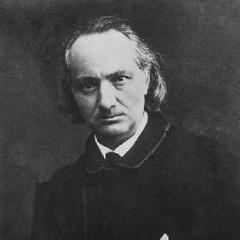Name Nicola Salvi | Role Architect | |
Similar People Pope Clement XII, Gian Lorenzo Bernini, Luigi Vanvitelli | ||
Trevi fountain by nicola salvi fontana di trevi in rome italy
Nicola Salvi or Niccolo Salvi (6 August 1697 (Rome) – 8 February 1751 (Rome)) was an Italian architect; among his few projects completed is the famous Trevi fountain in Rome, Italy.
Contents
- Trevi fountain by nicola salvi fontana di trevi in rome italy
- Trevi Fountain Filmed by James Ayala
- Biography
- References
Trevi Fountain Filmed by James Ayala
Biography

Admitted to the Roman Academy of Arcadia in 1717, Salvi became an architect only after studies in mathematics and philosophy. His mentor in architecture was Antonio Canevari, who served also as consulting architect of the king of Portugal. In 1728, Canevari left for Lisbon, and Salvi continued his commissions in Rome. Among these were ephemeral decorations and small decorative projects. In Rome, the patronage for building of large structures had declined relative to the past century.

In 1732, competitions were held by Clement XII, for two large projects. One was to create a new facade for the church of St John the Lateran and another was for a public fountain at Trevi. The former completion was won by Alessandro Galilei, though Salvi’s design had much praise. Salvi’s design for the fountain however was chosen instead of plans by Ferdinando Fuga and his friend Luigi Vanvitelli. Salvi did not live to see the fountain completed by his friend Pietro Bracci.
Salvi's other remaining works are few: he rebuilt the church of Santa Maria in Gradi (1738) in Viterbo, but it was since destroyed by bombs in World War II and is being restored. He also created a chapel, believed to be the most expensive ever created, for Igreja de Sao Roque Jesuit church in Lisbon, Portugal, along with Luigi Vanvitelli, and a tabernacle for the abbey of Monte Cassino.
